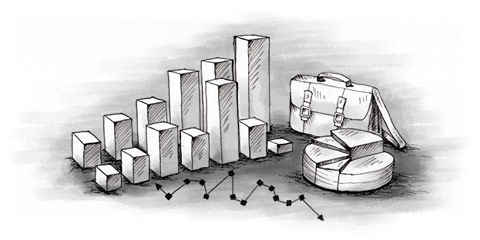The social security system is covering all healthcare, including sickness and maternity; unemployment insurance; old age pensions (the retirement age in Spain is 65 for both men and women); industrial injury compensation; invalidity and death benefits. Your social security payments differ according to whether you’re an employee, an employer or self-employed. The system is outlined below; further details can be found on the Social Security website (www.seg-social.es ), which contains comprehensive information but is only in Spanish. There are details of social security regulations and payments for all circumstances. For those starting a company, there’s a section called Empresarios; the self-employed section is headed Autónomos. The site also provides contact details for all social security offices throughout the country.
Employees
Employees have the best deal in terms of social security, as a large percentage of their contributions are paid by their employer, the remainder being deducted automatically from their salary. Your contributions are based on official minimum and maximum limits set by the government for each type of work, known as the nómina. There are specific social security programmes for certain types of worker, such as seamen, civil servants, agricultural workers, military personnel and coal-miners. Most other workers come under the general social security programme. Your employer will register you for social security before you start work.
Employers
If you have your own business and will be employing others, you must register your company with the social security authorities before you start trading. Once this is done, you will be issued with a social security identification number and the tax office will explain what’s required of you as an employer. Employers’ social security contributions on behalf of their staff are high and, of course, they must also make their own contributions.
Self-employed
The self-employed come under a different social security scheme from employees, known as the régimen especial de autónomos (‘special’ meaning ‘expensive’!). You must pay far more in contributions, as you don’t have an employer to pay a large proportion of them for you. There is the minimum amount you must pay every month, irrespective of your earnings, even if they amount to nil. The maximum contribution is around €2,575. The more you pay, the larger the pension you receive when you retire; you can also pay an additional amount for temporary incapacity/sickness benefit.
To receive a Spanish pension, you must have contributed to social security for at least 15 years, of which at least two must have been in the 15 years preceding your retirement. The amount of pension you receive is calculated according to your contributions during the last eight years (known as your ‘earnings base’), so it’s to your advantage to make higher contributions during these eight years. Note that, if you have two different self-employed activities, you must pay social security contributions twice!
You will receive much the same benefits as a salaried employee, except that you won’t receive unemployment benefit if you’re out of work. When you register for social security at your local office, you will be supplied with payment slips so that you can pay your contributions directly into the bank. A list of offices can be found on the Social Security website (www.seg-social.es ).
This article is an extract from Making a Living in Spain. Click here to get a copy now.


